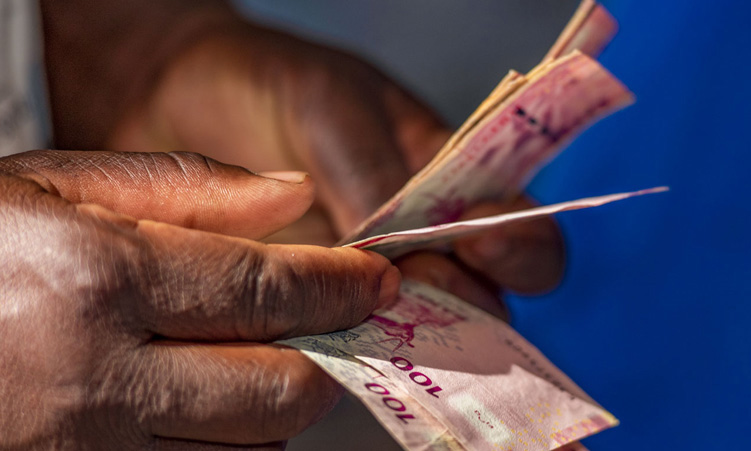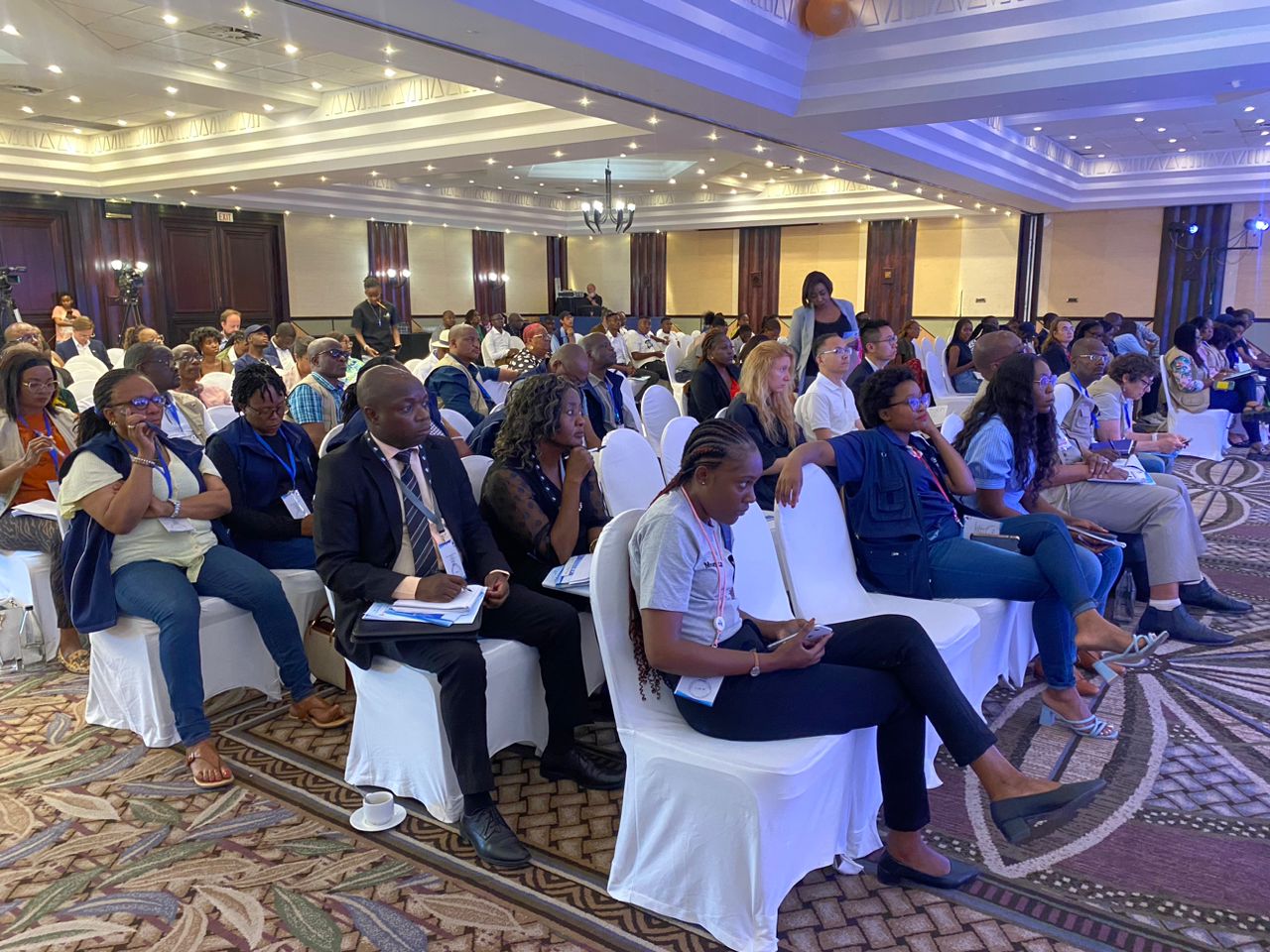Namibians are currently spending less on debt, compared to what they have in the past.
The Bank of Namibia (BoN) in its latest Financial Stability Report, which was released on Tuesday, says this is mainly because salaries have increased in accordance with inflation, and the government is hiring more people.
“The ratio of household debt to disposable income changed from 43,3% in 2022 to 40,5% in 2023, partly due to inflationary salary adjustments, coupled with recruitment by the government during 2023,” the report says.
Additionally, household debt increased slightly (3,3%), compared to 2022 (3,4%).
This means it is growing at a much slower pace.
This slowdown in debt growth suggests that Namibians are more cautious with borrowing.
When it comes to corporate debt, there has been an increase driven by loans extended to foreign investors in the mining sector.
The report says the corporate debt-to-gross domestic product ratio went up slightly, with 72,4%, compared to 70,7% in the previous year.
“This increase is manageable, and the overall risk of excessive debt growth for both households and businesses is considered medium in the next year,” the report states.
BANKING SECTOR STILL THRIVING
The banking sector has remained profitable on the back of interest income, even amid inflation.
The report says banks remained profitable and liquid, with enough funds to operate safely.
“The profitability position of the banking sector remained healthy on the back of higher net income, particularly interest income,” it says.
The total asset amount in the banking sector grew by 6,1% to N$174,4 billion in 2023.
However, there is concern over non-performing loans (NPLs), as the number of borrowers not repaying loans has increased.
“Despite an increase in NPLs, the overall impact of risks from the banking sector did not appear significant during the review period.
“It was therefore not deemed to pose an imminent threat to financial stability in Namibia,” the report says.
Stress tests also suggest the banks would survive challenges.
Banking sector assets grew by 6,1%, which is slightly higher than the prevailing inflation rate of 5,9%.
The total asset amount for non-banking financial institutions (NBFI) grew by almost 15% to N$419,4 billion in 2023.
Companies that offer loans and other financial services besides banks did well last year.
Their total assets grew by almost 15% to N$419,4 billion in 2023.
This means that even though interest rates were going up, people still wanted to borrow from service providers like microlenders.
“Despite the contractionary monetary policy environment, demand for NBFI products remained strong in 2023. Moreover, volatility in the financial markets remains of concern for short to medium-term viability of the NBFI subsectors with mostly short-term liabilities,” the report says.
BoN governor Johannes !Gawaxab says the unstable electricity supply and logistical constraints in South Africa continue to pose potential risks to Namibia.
He says Namibia’s financial system is healthy amid persistent inflation.
!Gawaxab says the financial system has been operating efficiently, despite challenges in the economic environment.
He says the global trend of persistent inflation challenges policymakers.
“However, despite this there is a sense of optimism,” !Gawaxab says.
He says the bank and the Namibia Financial Institutions Supervisory Authority will continue to work to ensure a favourable environment for both financial institutions and consumers.
“Ours is to create a platform where providers and consumers of financial products and services can find each other and do business in a regulated, safe and stable environment,” !Gawaxab says.
Stay informed with The Namibian – your source for credible journalism. Get in-depth reporting and opinions for
only N$85 a month. Invest in journalism, invest in democracy –
Subscribe Now!






